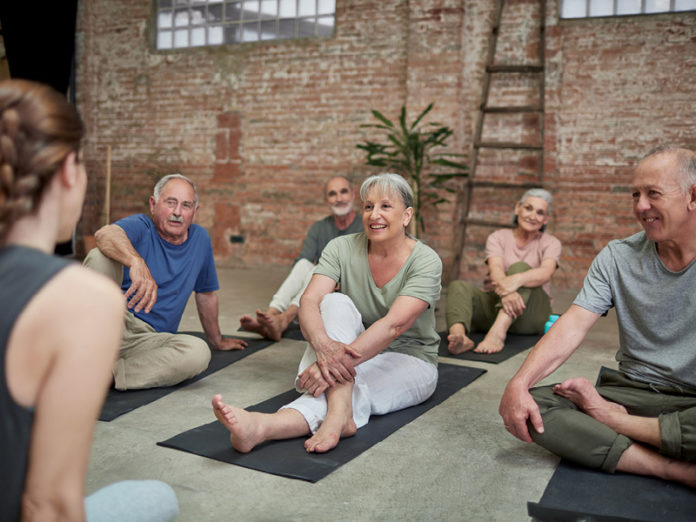
Older adults are more likely to stick with a group exercise program if they can work out with people their own age. Working out with peers of the same gender doesn’t seem to make a difference – it’s the age that counts.
These findings in our recently published study point to the importance of age-targeting when developing exercise programs for older adults. In Canada, fewer than 15 per cent of people past age 59 meet international physical activity guidelines. We have been looking for ways to keep people active into old age, because inactivity has been shown to increase risk of cardiovascular disease, obesity and arthritis. It can also affect overall quality of life.
For our study, we recruited 627 adults between the ages of 65 and 91 (average age was 72), for exercise classes at YMCA locations in Metro Vancouver and divided participants into three workout groups. One group was consistent in age and gender, while another was consistent in age but not gender. Those groups were led by older adult instructors trained for the study. The third group worked out in a typical YMCA class that was open to all ages and genders, led by a YMCA instructor.
Over the 24-week period, participants in the same-age, mixed-gender group averaged 33.8 classes, participants in the same-age, same-gender group averaged 30.7 classes. The mixed-age group averaged 24.3 classes. Our prediction that same-gender classes would lead to even greater adherence wasn’t borne out by the results.
Participants received T-shirts that identified them as members of a group and were given opportunities to socialize over coffee following class. It all points to the power of social connections. If you set the environment up so participants feel a sense of connection or belonging, then they’re more likely to stick with it.
Such strategies should be easy to employ in a variety of physical activity settings such as community centres, fitness clubs and retirement communities. In this case, our participants didn’t want the classes to end and they successfully lobbied the YMCA to continue age-specific sessions after our experiment was over.















